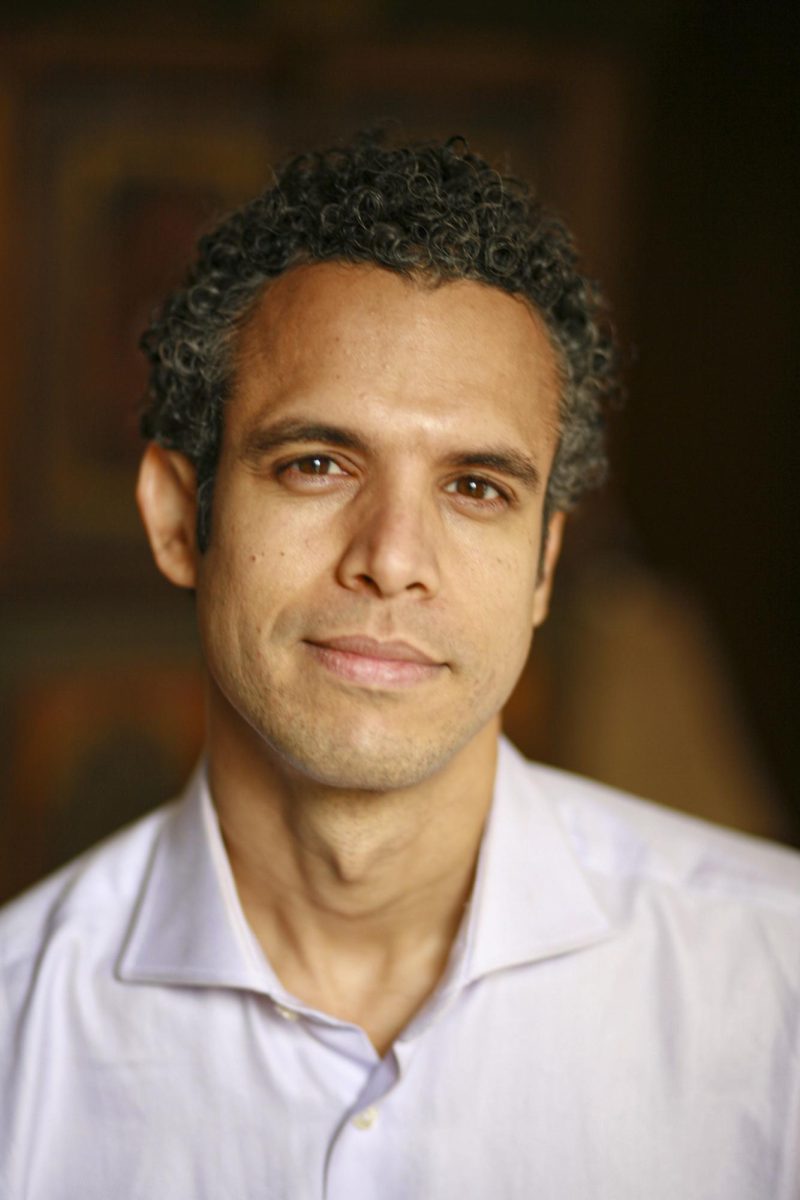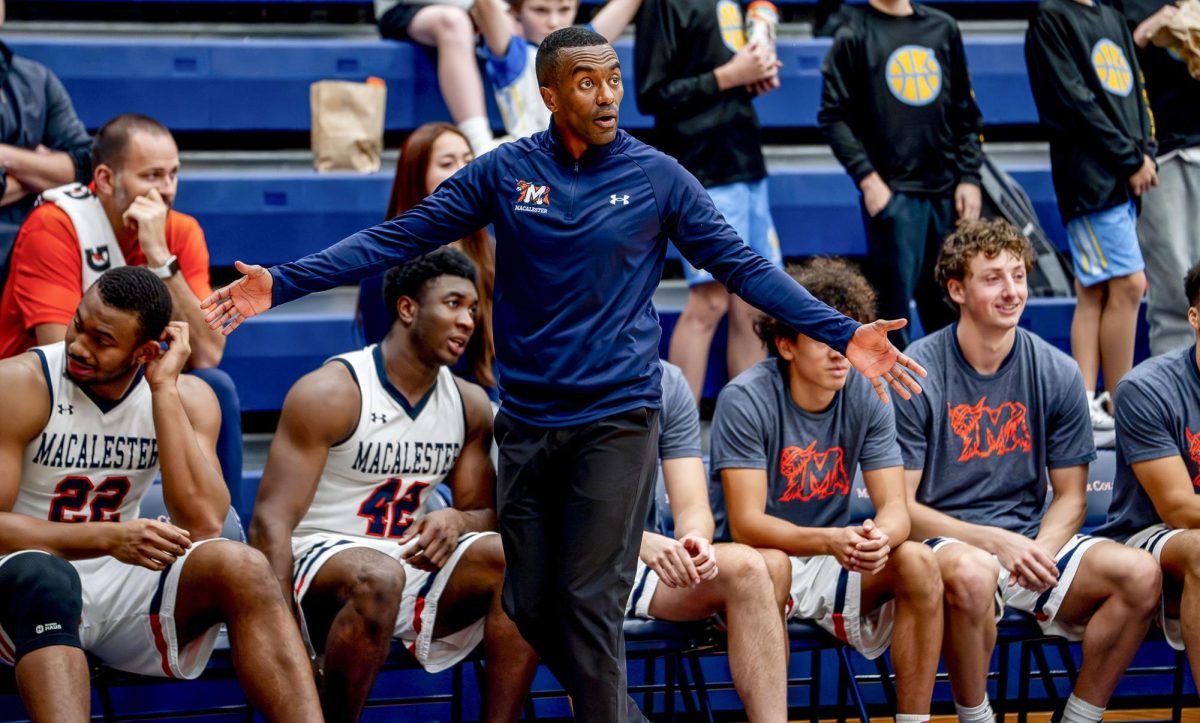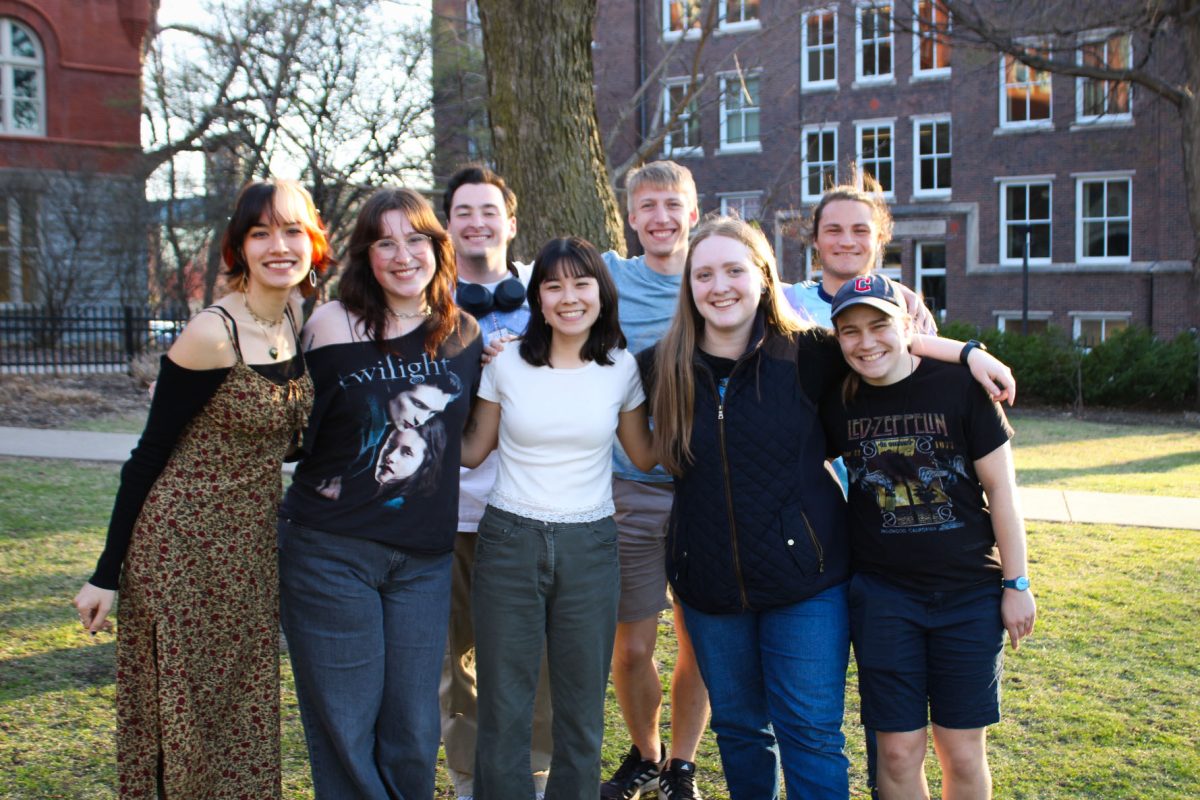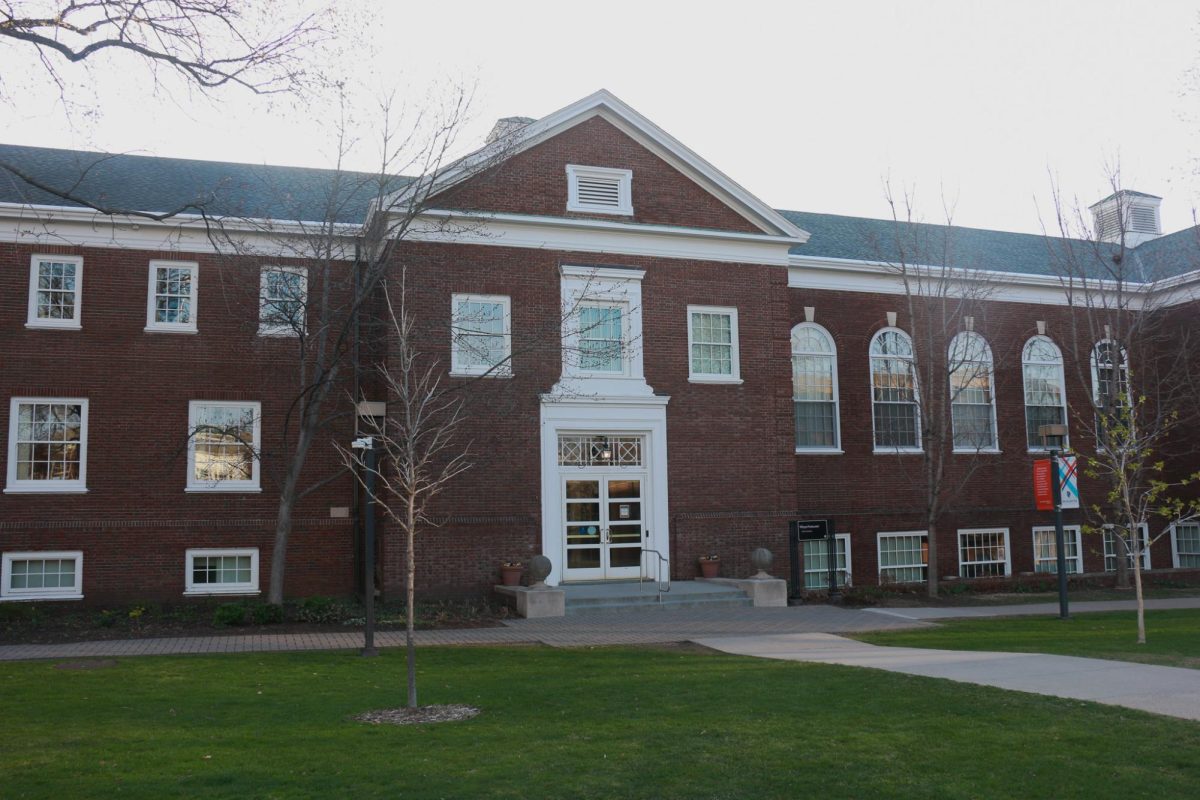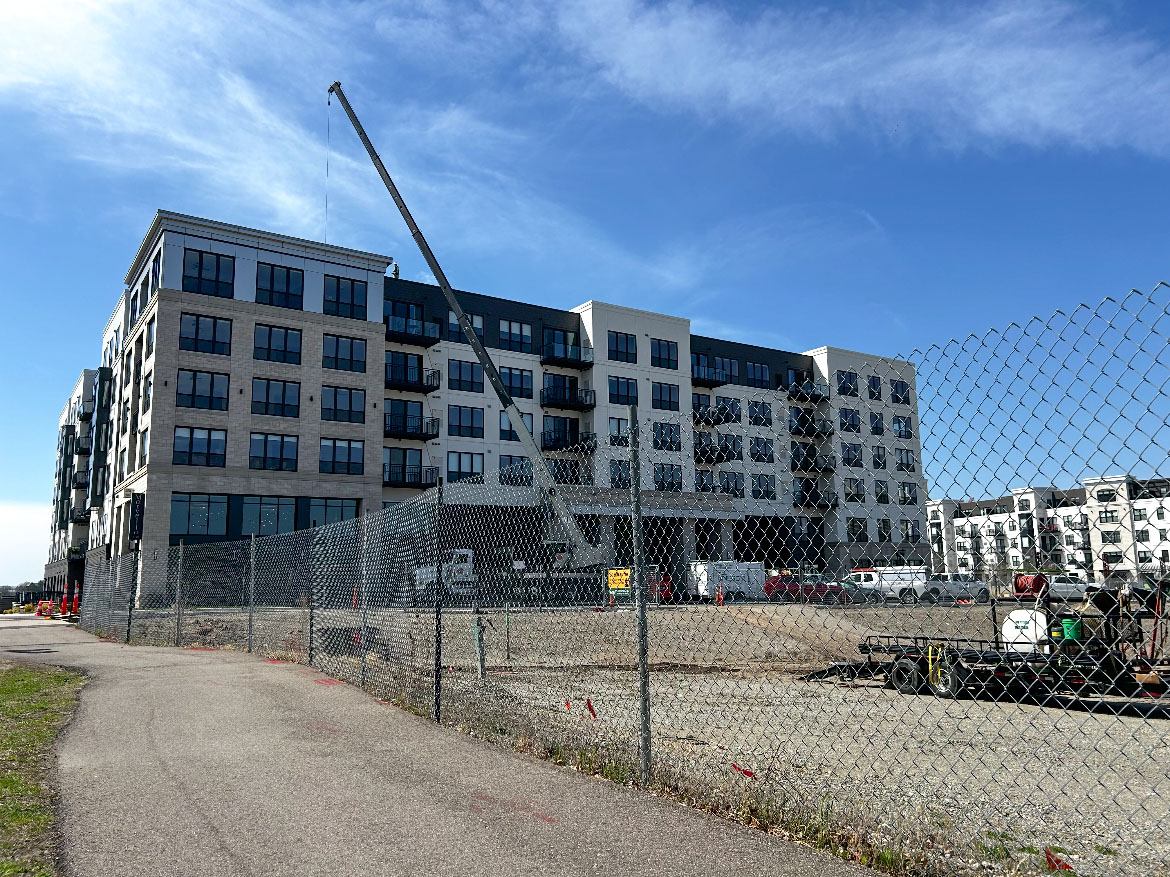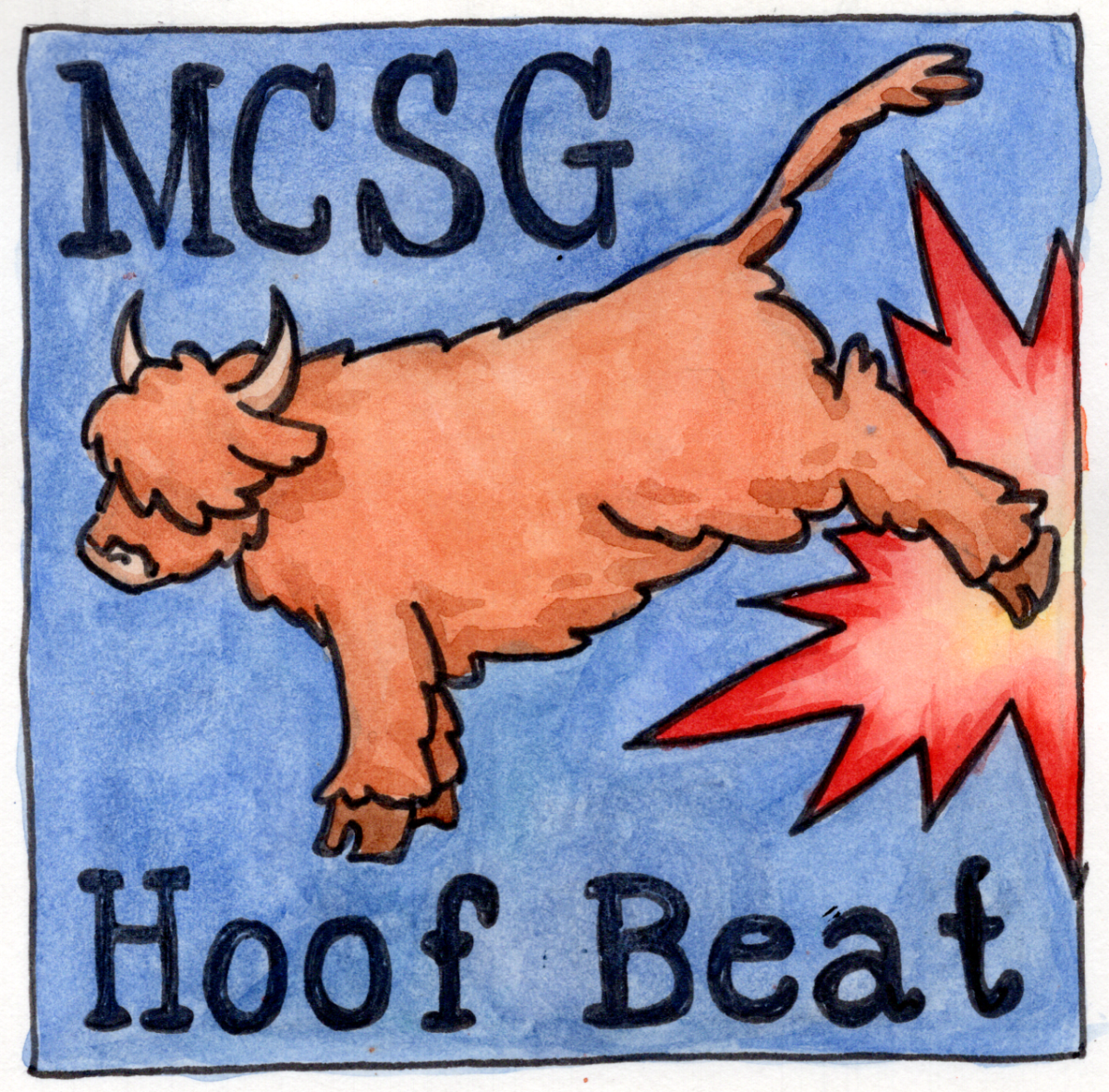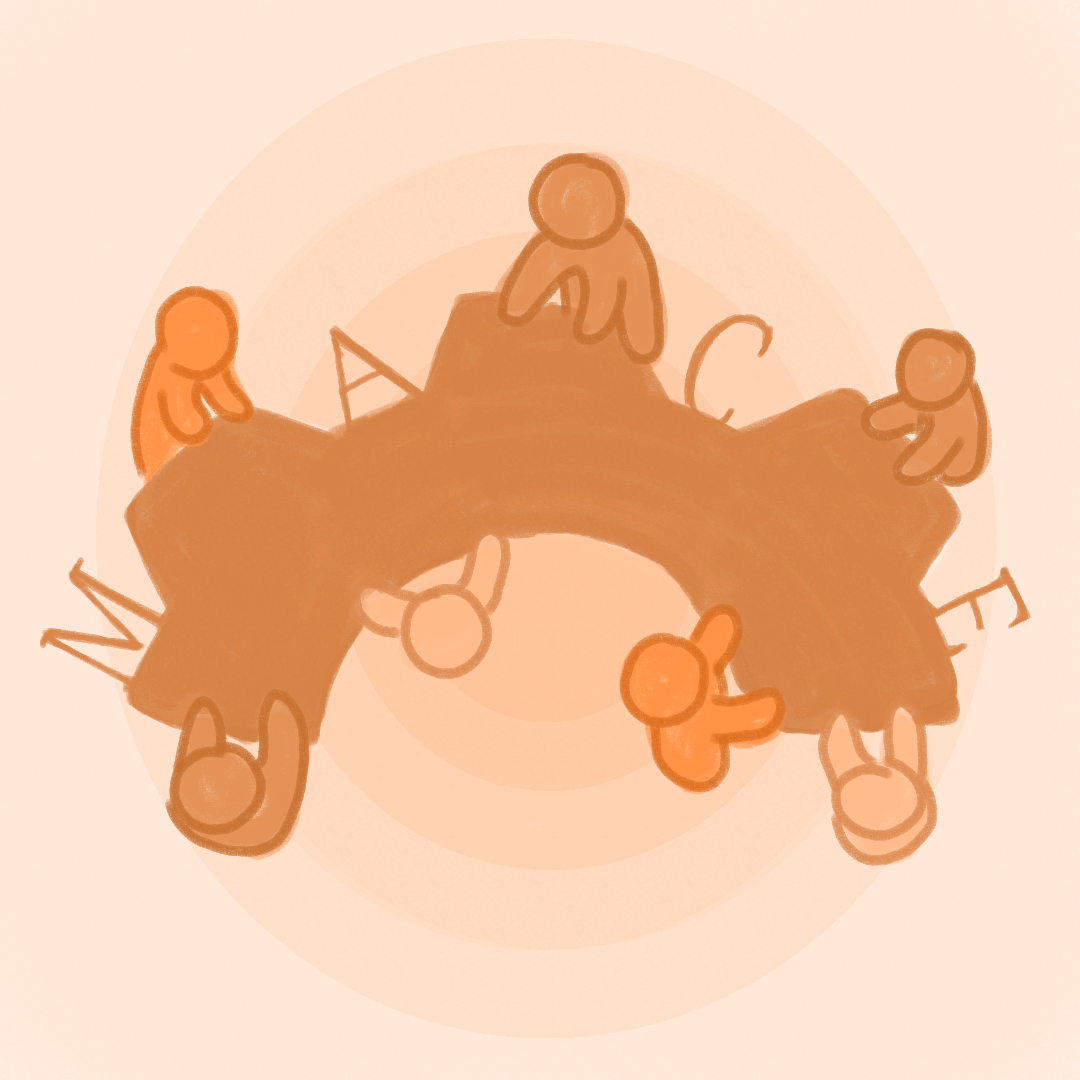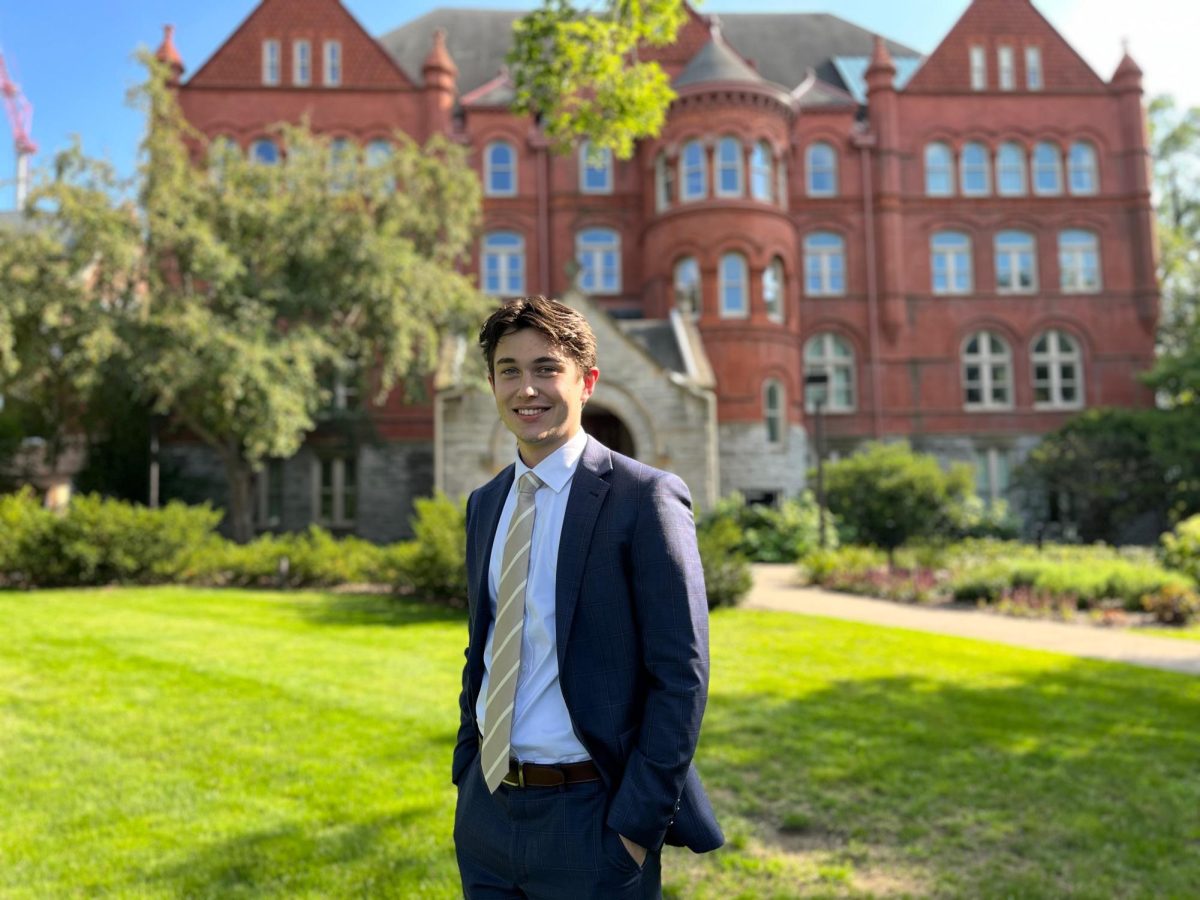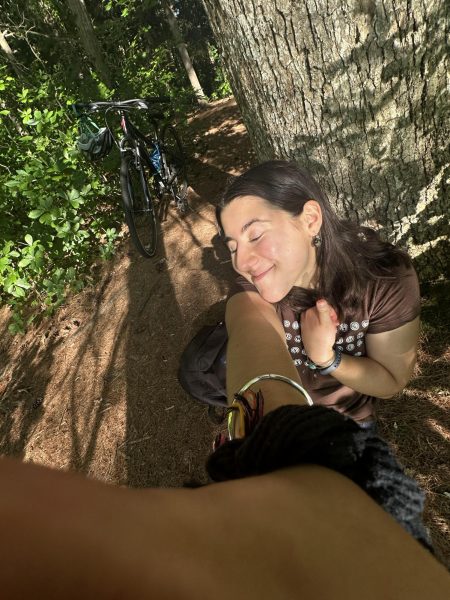As protests in response to the murder of George Floyd broke out here in the Twin Cities just a few short years ago in 2020, so did debates about the nature of protests. Some insisted that protesting using violence and crimes is both necessary to awaken the world to injustices and justified in response to centuries of violence. Others thought violence was counterproductive, and some opposed the Black Lives Matter movement on the basis of protests that used violent tactics. Omar Wasow, assistant professor of political science at the University of California, Berkeley, examined how this debate played out in an earlier era when he delivered the 43rd annual G. Theodore Mitau Endowed Lecture last Thursday, Feb. 22.
Wasow’s lecture, entitled “NARRATIVE POWER: How the Civil Rights Movement Overthrew Jim Crow,” was based on an academic paper he published in 2020. Using statistics and storytelling to analyze the relative success of different civil rights-era protest tactics, Wasow concluded that violent protests often work against the goals of the movement by shifting voting behavior and public opinion to the right.
Wasow kicked off his lecture by forming a connection to Theodore Mitau ’40, for whom the annual lecture is named. Mitau, a former Macalester student and professor, lost his entire family to the Holocaust.
“[I am] a child of two freedom movements,” Wasow said. “I am a grandchild of the Holocaust, so I just felt this very powerful connection to [Mitau’s] commitment to a certain kind of democratic values. [I am also descended from] a family that fled the South in Jim Crow in search of a better democratic society.”
These identities and the questions they sparked led Wasow to leave his life working in tech — where he founded BlackPlanet.com, a social network for Black Americans — and enter academia instead. Specifically, Wasow researched how the world had gone from the successes of the civil rights movement of his parents’ generation to the tough-on-crime policies in the 1980s during which he grew up.
Wasow began by introducing the audience to civil rights leaders’ views on violence in protest. Leaders like Bayard Rustin and Ella Baker, for example, advocated for nonviolence; Rustin thought the civil rights movement needed nonviolence to win over white allies in order to gain political power. Stokely Carmichael and Angela Davis, on the other hand, were more in favor of violence in self-defense or in response to aggression and violence against the Black community.
To reconcile this debate, Wasow turned to statistics.
Using data on voter trends and the dates of violent and nonviolent pro-civil rights protests, Wasow found that in areas that are exposed to nonviolent protest, voters shift slightly to the left. In places with violent protest, voters shift right. According to Wasow, this shift happened to enough voters in enough places that it likely tipped the 1968 presidential race to Nixon.
He noted that there were about 10 times as many nonviolent pro-civil rights protests as there were violent ones.
Wasow additionally found that, when there is a large nonviolent protest or media coverage of influential pro-civil rights legislation, the number of people who think that civil rights is the most important issue in the country spikes, as revealed by public opinion polling. When there is a large violent protest, far more people believe that social control is the most important issue facing the nation. This divide is even more salient going into elections.
These findings, Wasow said, counter the common political science argument that change is almost entirely dominated by elites, as they prove that grassroots protests can influence electoral outcomes despite the large influence that elites hold.
To explain the impact of protest on public opinion, Wasow turned to the narrative power of protest.
“There are many kinds of power in the world,” he said. “People with guns have power, people with money have power … but another kind of power I think of is narrative power. And narrative power here is the ability to kind of shape the stories in people’s minds, and, in particular, to construct stories that might advantage your side in some kind of debate.”
Biases play an integral role in narrative construction, Wasow said. This helps explain the shifts he found in voting behavior and public opinion following violent and nonviolent protests.
“There’s hundreds of years of storytelling about ‘scary Black people,’ … [that] is very accessible in the white American mind,” Wasow said. “You’re up against all of this history.”
In the face of this racist storytelling about Black people being scary, nonviolent protests are strategic because they tell a different story, according to Wasow.
Further, violent and nonviolent protests both act as “morality plays” with a good guy and a bad guy, Wasow said. As such, people organizing a protest are constructing a narrative.
Wasow chose the Children’s Crusade, an anti-segregation protest carried out by thousands of nonviolent schoolchildren in 1963, as an example of this. The schoolchildren served as sympathetic characters to be the “good guys.” Organizers picked Birmingham, Ala. as a setting for this protest because it provided a bad guy: Commissioner of Public Safety Bull Connor, who they correctly predicted would react violently. This clash produced dramatic images, such as innocent children being hit with water from a fire hose. Throughout the civil rights era, pictures like this conveyed a narrative that was beneficial to the movement, even though it harmed the activists involved.
“One lesson from the 1960s is that activists should think like a camera,” Wasow said. “What is the still image or short video clip that is going to be shared with the world?” Even though his findings suggest that nonviolent protest is more effective, Wasow acknowledged the pain that inspires violent pushback against racism.
“It’s especially hard for people to watch their friends, their family, their kin be targets of violence and not want to respond in the eye-for-eye way that is widely considered a just way to be in the world,” he said. “It is exceedingly hard to maintain that level of discipline for a long time when the state engages in constant repression.”
Before allowing time for a Q&A, Wasow called the audience to action, saying that political communication should emphasize his findings on violence in protests. This will help social movements to best achieve the change they desire.
Correction: A previous version of this article misstated Stokely Carmichael’s name as Sibley Carmichael.

